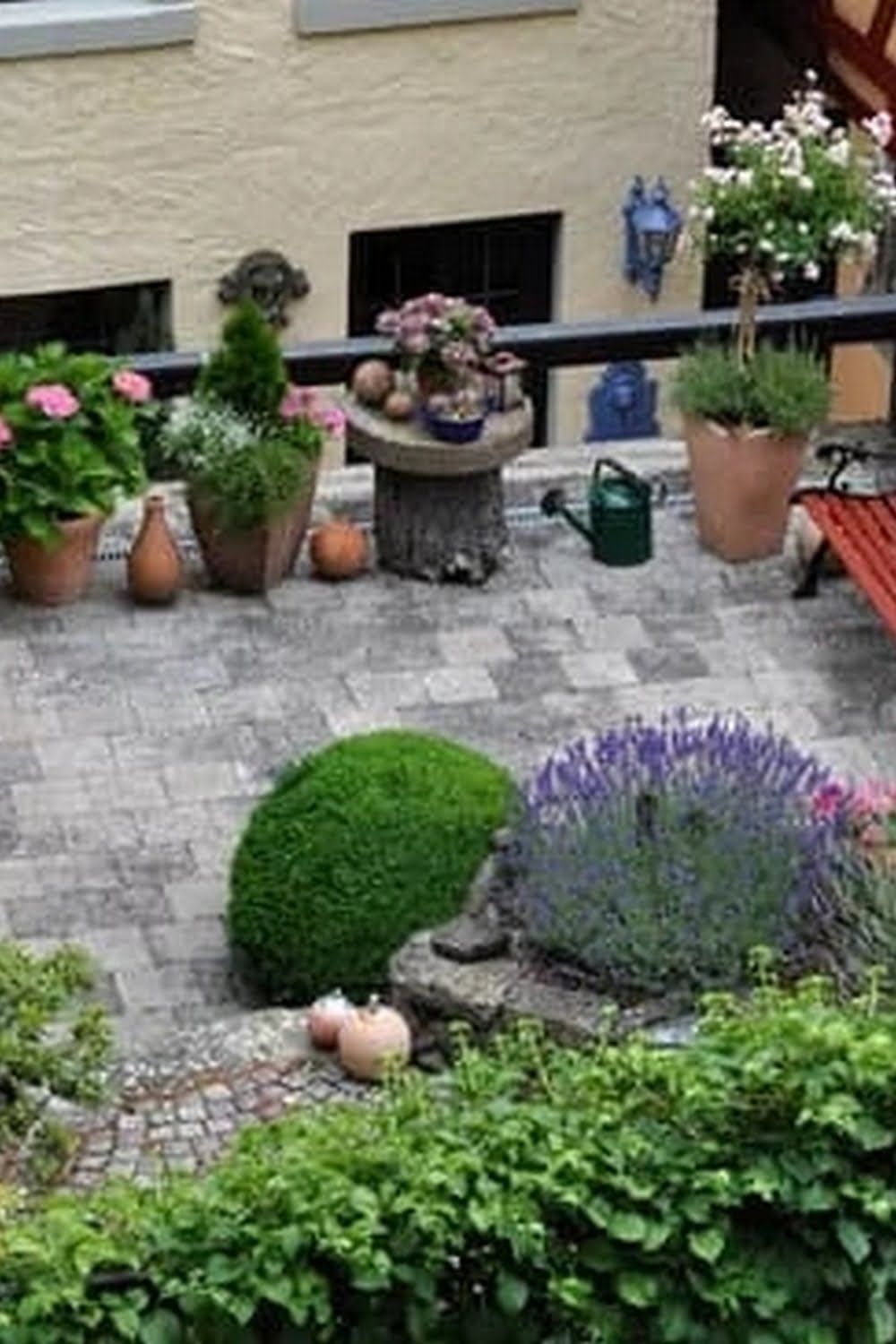Modern garden clubs belong to people of all ages who are passionate about growing vegetables, shrubs, flowers, and trees. If this sounds interesting, consider starting a local garden club. However, you might ask, how can start a local garden club in your area? Here are all the guidelines you should get started.

First, you will need a calendar. It is important that the calendar is large enough to show all seasons. You should also include information on each month such as the time and day of the week. This information will help gardeners who plan their gardening schedules and water their plants each day. In addition, people should be able to tell at a glance if their plants need watering or not.
If you live in an area where it snows, consider getting a small thermometer to use in the garden. This device will tell people whether or not your vegetables are getting enough sunlight. Full sun plants are more likely to grow well than those who only get a little bit of sunlight, especially compared with eastern areas where it is customary to have full sun all year round. As such, caring for a small thermometer is a good way to ensure proper growing conditions for your garden.
Mulching your garden is a necessary step for any gardener. In addition to helping keep weeds from growing and spreading, mulching keeps the soil in your garden full of nutrients. It will also help keep bugs away from your plants and your garden itself. When there is plenty of soil in your garden, it is much easier for seeds to germinate and grow, resulting in beautiful flowers and plants.
You might think that planting fresh flowers and vegetables in your garden is a great idea since you do not need any fertilizer or pesticide in order to grow your crops properly. However, using pesticides or fertilizers could have adverse effects on you and your family. By learning about gardening and how much sunlight and water your plants and flowers need, you can ensure that they grow up to be healthy and strong.
One important factor to remember when planting out is when to plant. Choosing a frost-free planting time will ensure that your crops will receive the proper amount of sunlight and moisture. The frost date is a calendar date in your local weather map that indicates the time when temperatures will become extreme in one region of the world. For example, if you live in the state of Minnesota and the frost date is April, your plants should receive at least six hours of sunlight each day, but at least eight hours during the daytime. In most cases, your frost date will coincide with the last week of February in your area.
After your frost date, your plants will not begin to grow until the middle of March in Minnesota. During this time frame, you can still plant many of the same perennials that you planted during the fall, except for those that are not winter resistant. You will want to wait until after the plants have bloomed for the pollination process to take place. If you are planting in a flower garden, there are many flowers that are pollinated by bees and butterflies, which can help keep pests like aphids and lace bugs at bay. Once your plants start to bloom again, the bees will start to leave, but the Monarch butterflies will still visit your garden in the summer months to feed on the nectar created by your flowers.
It is important to take care of your garden and make sure that it is maintained at all times. When starting a garden, remember that it is important to put the soil in the sun and let it dry thoroughly before putting any plants or seeds in. It is also important to use mulch on the soil to help hold the water in and keep weeds at bay. Garden design ideas for small yards include placing an arch over a window, using native plants to bring nature inside, building a vegetable garden shed on your property, and more.

Welcome to my blog about home and family. This blog is a place where I will share my thoughts, ideas, and experiences related to these important topics. I am a stay-at-home mom with two young children. I hope you enjoy reading it! and may find some helpful tips and ideas that will make your home and family life even better!





